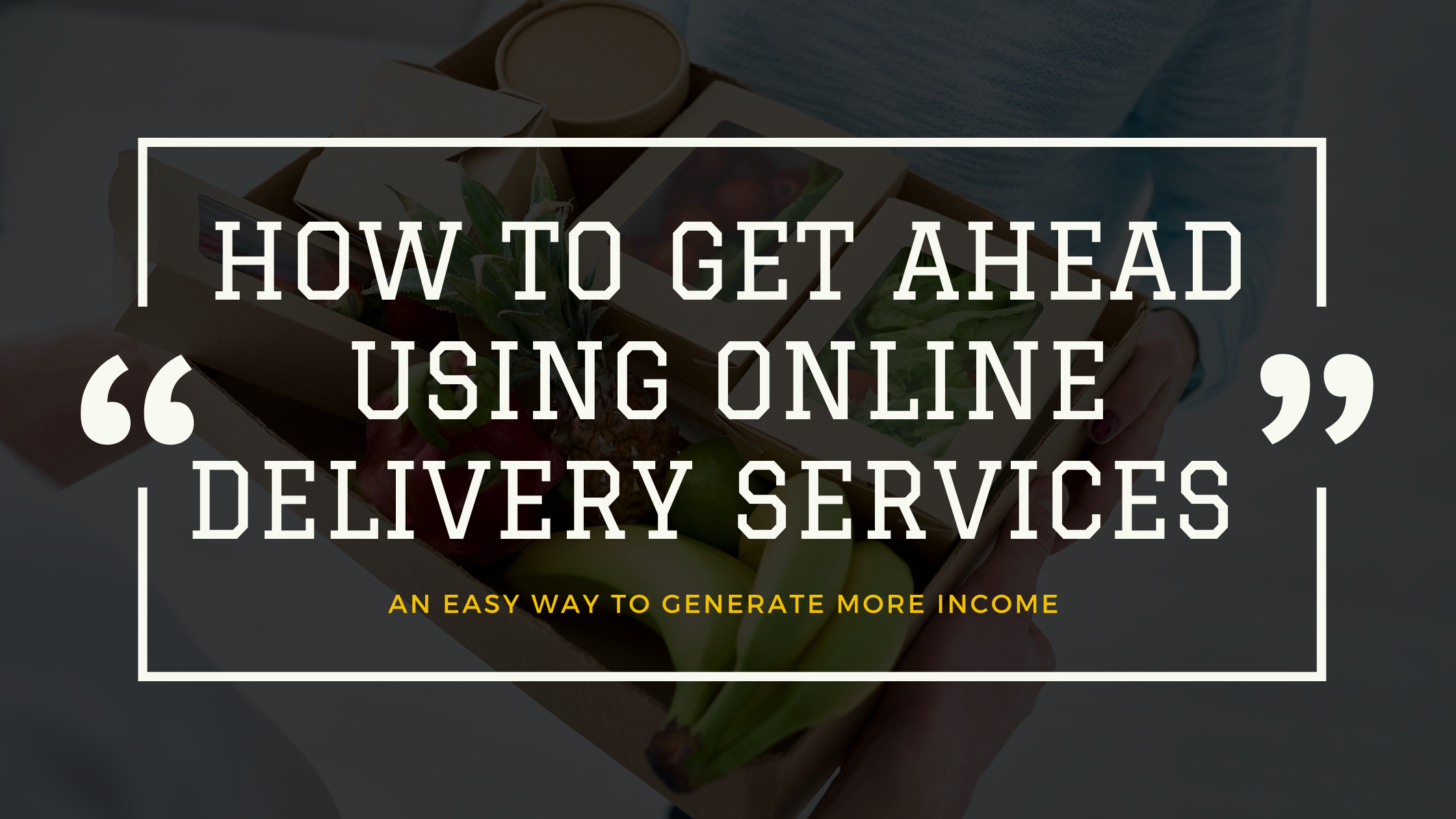-1.png?width=2240&name=heymate%20blog%20banners%20(4)-1.png)
A paradigm shift towards digitization of restaurant delivery service – What is POS and how does it work?
Ordering takeaway food on the telephone might be seen as a relic of the past. Gone are the days when we could only order pizza or Asian takeaways over the phone. Several surveys have repeatedly found that the pandemic speeded up digital transformation and technologies by several years. One of which is a paradigm shift towards digitization of restaurant delivery service.
According to a survey conducted by Dalhousie University, B.C. has the highest rates of consumers using online services to purchase food (65.7%) across Canada, followed by Ontario (65.3%). Many Canadians intend to continue order food online at least weekly after the pandemic. Global revenues for the online food delivery sector rose have tripled because of the pandemic. An estimation of $12 billion dollars has been committed to online interface services in the food industry.
While everyone might not agree with US President Biden’s declaration that the coronavirus pandemic is “over”, little has questioned the necessity of digital transformation for business longevity. The advent of user-friendly apps and the freelance delivery driver has brought to a booming amount of delivery platforms. Restaurant delivery is now no longer confined to fast foods such as pizzas or wings. As the early stage of the pandemic has put our world to a standstill, those who did not wish to rest on their laurels had already sought to expand their business via an online delivery platform to generate a new stream of income.
While some high-end restaurants would hate the idea of food delivery as it might hamper quality and their food might get cold, restaurants “going public” could expand a considerably much more client base. The restaurant would have become more visible; and thus, outreaching customers across the city. Placing an order online is also effortless, and it drives incremental orders. By placing the menu online, restaurants could outreach more customers and boost their visibility. The client base would not be solely confined to its own neighbourhood itself. Furthermore, it is also more convenient for restaurants. They now do not need to hire extra staff to cater for delivery. It could be seen as cost-effective as the logistics are being taken care of by the operator. The food delivery service ensures that each payment made via the platform is remitted to the restaurant, and it offers the convenience that consumers expect. On the other hand, a restaurant could evaluate top-performing menu items by having a seamless report of the products being sold.
Restaurants going “public” often rely on an integrated point of sale (POS) system to help manage their operation. What does a POS mean? An integrated POS system is a combination of hardware and software that helps businesses process sales, handle payments, and manage inventory, employees, and customers. Distinguishing from a delivery platform like Uber or Doordash, a POS connects a restaurant with different delivery channels. You could see it as a middleman or secretary that takes care of the set-up process, aggregating all the existing online and third-party sales channels. Rather than managing the operational platforms separately, a POS integrates them seamlessly. This would push all the online orders to a single POS platform. Restaurant no longer needs to copy them across manually. A complete overview of sales across various channels could be generated. An integrated POS can streamline operational flow by providing real-life orders to the kitchen. Alongside inventory management software that gives restaurants better visibility and control.
An integrated POS system provides restaurants with a complete and unified management solution. Heymate! will have a similar POS for restaurants to use and the fees will be relatively cheaper than the major delivery services. Make sure to follow our blog and website for more information to come.



